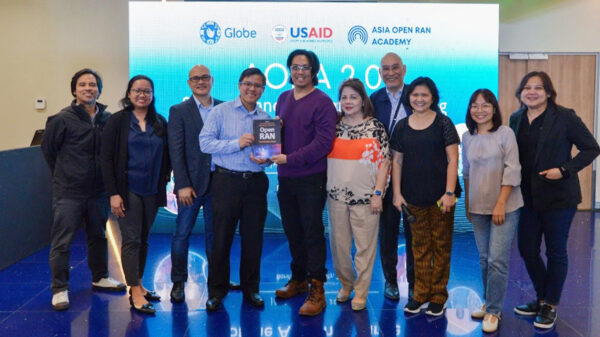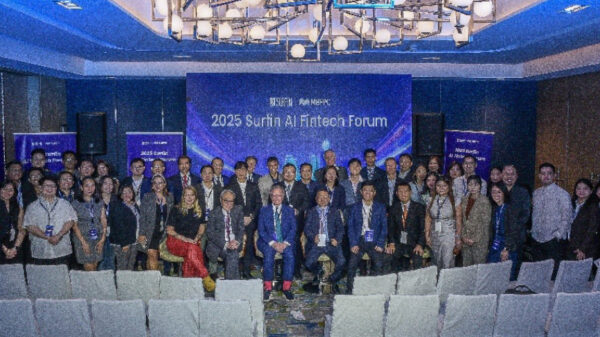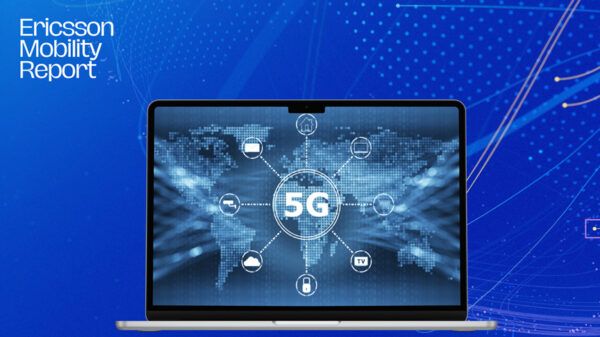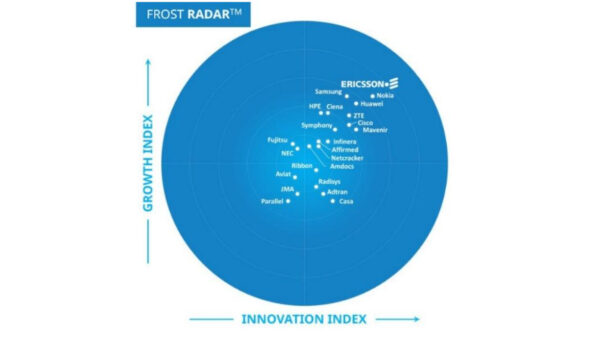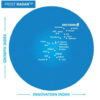The Philippines is expected to register an increase in smartphone penetration as four in every 10 Filipinos will be using smartphones by 2015, according to the Ericsson Mobility Report.
Reflecting a 10% growth over the 30% hike in smartphone adoption last year, the rising penetration is being driven by the availability of smartphones in lower price ranges which gives consumers more chance to get online, and the growing number of applications which allows Filipinos to do more with their mobile devices.
“The increasing availability of affordable smartphones, Internet access and mobility is enabling more consumers to access the benefits of the Networked Society. In fact, in the Philippines, smartphones are the primary way of getting online,” said Afrizal Abdul Rahim, Ericsson Head of ConsumerLab for Region South East Asia and Oceania.
Another factor that contributes to the increase of smartphone usage in the Philippines is the addiction of Filipinos to social media, with Facebook, Facebook Messenger, Viber, YouTube and Instagram being consistently the five top applications actively used by Filipinos. Facebook Messenger is the top instant messaging app being used locally.
For service providers to deliver user experience with the most popular apps, they need to optimize and tune their networks to ensure users’ particular app coverage demands are catered for in different traffic situations and geographical areas.
Although the best app coverage in the region can be expected in Singapore and Australia, there’s still room for improvement in other countries, according to Afrizal.
The study also reveals that LTE subscriptions are expected to grow in the South East Asia throughout 2015 as countries such as Thailand, Indonesia and the Philippines have deployed LTE networks.
Among countries in the region, Singapore and Australia have the best network performance in the region due to their leadership in deploying LTE and LTE Advanced. This shows that the gap in network performance with other countries across the region has widened. But, Afrizal concluded that “we expect developing countries’ networks will greatly improve in performance over the coming years.”
Afrizal also mentioned that by 2020, LTE and 3G will constitute almost 25% and 70% of regional mobile subscriptions, respectively.
The increase in smartphone penetration also provides a growth opportunity for service providers and device manufacturers in South East Asia as users consume more data through newer and faster devices.
“Today, in South East and Oceania, 25% of handsets are smartphones. We predict that by 2020, smartphone subscriptions will grow three times to almost 800 million in the region,” Afrizal said.


